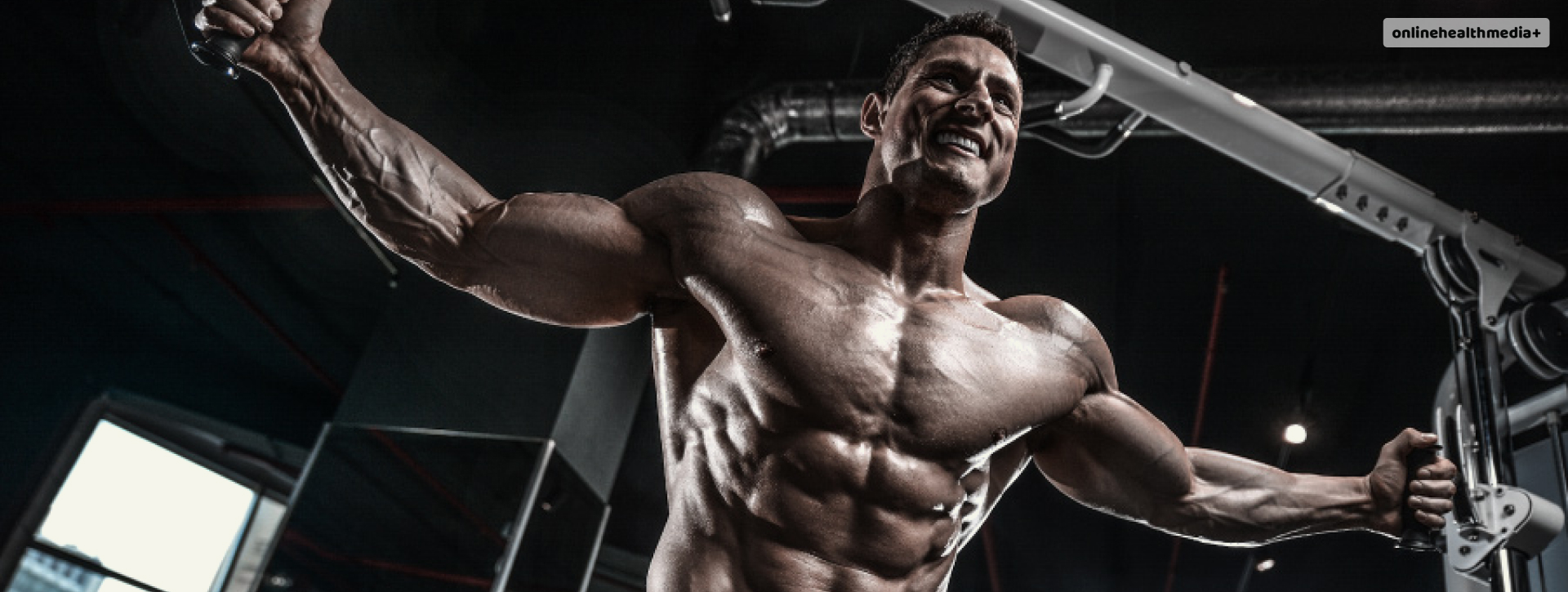The Top 7 Chest Workouts For Definition And Strength: Know The Technique!
Effective chest workouts are crucial for developing a strong and well-defined chest. Understanding chest anatomy, performing the right exercises, applying effective techniques, and following essential tips will help you achieve your fitness goals.
Remember to consult a fitness professional or trainer if you’re new to weight training, and always prioritize safety and proper form during your workouts.
Contents
Why Are Chest Workouts Important?
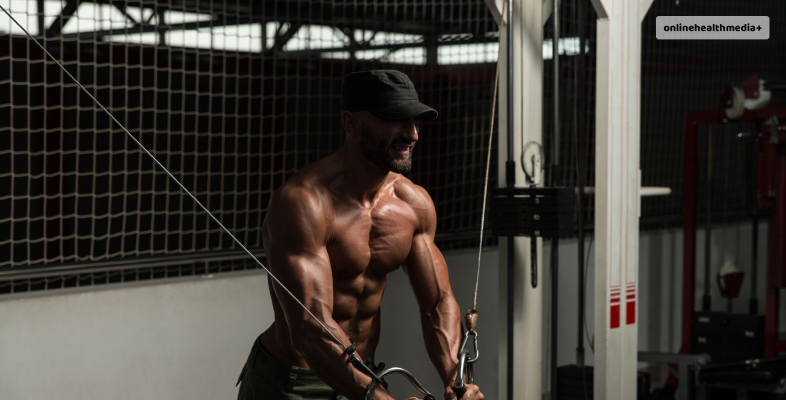
The chest, composed of the pectoral muscles, is a central and prominent muscle group in the upper body. It plays a crucial role in various everyday movements, from pushing and lifting to even simply opening a heavy door.
Beyond functional benefits, a well-developed chest is often associated with physical strength and aesthetics.
A robust chest not only enhances your overall physique but also contributes to improved posture and upper body stability.
Engaging in chest workouts can help target and strengthen the pectoral muscles, making it an essential component of a well-rounded fitness routine.
Let’s delve into the various aspects of chest workouts.
Chest Anatomy
Before we dive into chest workouts, it’s essential to understand the anatomy of the chest muscles. The primary chest muscles are:
1. Pectoralis Major: The largest chest muscle, responsible for the majority of chest movement.
2. Pectoralis Minor: A smaller muscle beneath the pectoralis major, contributing to shoulder movement.
3. Serratus Anterior: Located on the sides of the chest, this muscle assists with arm movements and scapular stability.
A comprehensive chest workout should target both the upper and lower pectoral muscles for balanced development.
Effective Chest Exercises And Workouts
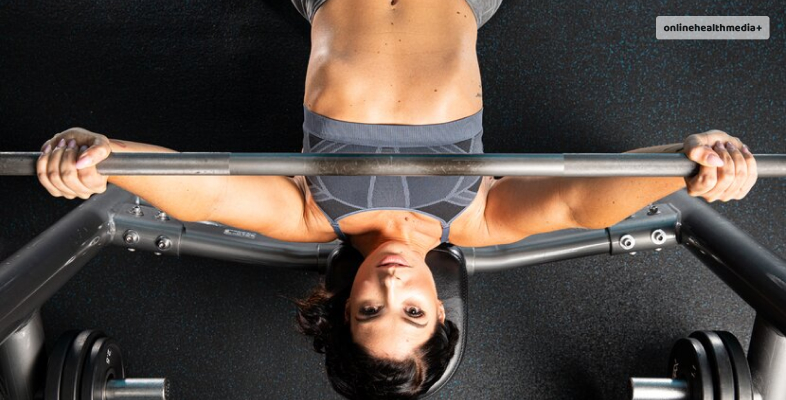
A well-structured chest workout includes a variety of exercises to engage the chest muscles from different angles. Here are some effective chest exercises:
1. Bench Press: The classic chest exercise involving a barbell or dumbbells. It primarily targets the pectoralis major. Variations include flat, incline, and decline bench presses.
2. Push-Ups: A versatile bodyweight exercise that can be modified to increase or decrease resistance. It’s excellent for overall chest development.
3. Chest Flyes: Performed using dumbbells or a cable machine, this exercise isolates the chest muscles and focuses on stretching and contracting them.
4. Dips: While often associated with triceps, dips also engage the lower pectoral muscles. You can use parallel bars or a dip machine.
5. Cable Crossovers: This machine-based exercise helps work the chest from different angles and allows you to emphasize upper or lower chest development.
6. Incline Press: Performed on an inclined bench, this exercise targets the upper chest, providing a well-rounded appearance.
7. Pullovers: This exercise engages the pectoral muscles while also working the lats and triceps. You can use a dumbbell or a barbell.
It’s essential to incorporate a mix of these exercises into your chest workout routine to ensure comprehensive development.
Chest Workout Techniques
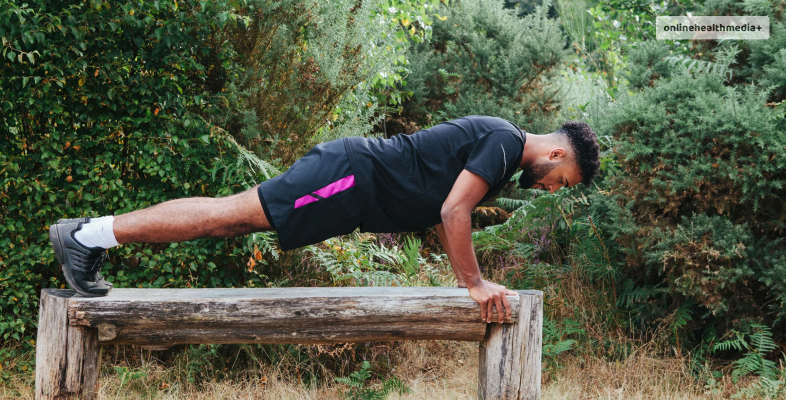
To maximize the effectiveness of your chest workout, consider the following techniques:
1. Progressive Overload: Continuously increase the weight or resistance to challenge your chest muscles and stimulate growth.
2. Proper Form: Maintain correct form during exercises to avoid injury and engage the chest muscles effectively. Incorrect form may lead to shoulder or triceps dominance.
3. Mind-Muscle Connection: Focus on feeling the chest muscles working during each exercise. This mental connection enhances muscle engagement.
4. Eccentric Movements: Pay attention to the eccentric (lengthening) phase of each exercise. Slowly lowering the weight can promote muscle growth.
5. Repetition Range: Vary your repetition range to target different muscle fibers. Low reps (4-6) with heavy weights build strength, while higher reps (10-15) emphasize muscle endurance and hypertrophy.
6. Rest Periods: Allow adequate rest between sets to ensure muscle recovery. The rest period can vary based on your goals.
Bonus!
Chest Workout Tips
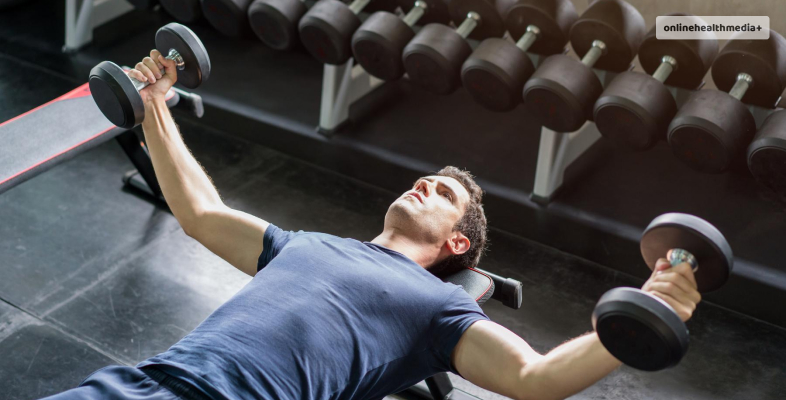
Here are some additional tips to optimize your chest workouts:
1. Warm-Up: Always start with a warm-up to prepare your muscles and prevent injuries. A few minutes of light cardio and dynamic stretches are effective.
2. Variations: Change your workout routine periodically to prevent plateaus and stimulate muscle growth. Adjust exercises, weights, and repetition schemes.
3. Nutrition: Ensure you’re consuming enough protein to support muscle recovery and growth. A well-balanced diet is crucial.
4. Hydration: Stay adequately hydrated before, during, and after your workouts. Dehydration can hinder muscle performance.
5. Recovery: Give your chest muscles time to recover between workouts. Overtraining can lead to diminished progress and increased injury risk.
6. Safety: When lifting heavy weights, use a spotter for exercises like bench press to ensure safety.
Sample Chest Workout Routine

If you want to get an idea of how you can fit these suggested exercises in your workout routine, the following is an example for your reference.
Here’s a sample chest workout routine to get you started:
1. Bench Press (Flat): 4 sets of 6-8 reps
2. Incline Dumbbell Press: 3 sets of 8-10 reps
3. Chest Flyes: 3 sets of 10-12 reps
4. Push-Ups: 3 sets to failure
This routine offers a combination of compound and isolation exercises to target the entire chest.
Common Mistakes to Avoid
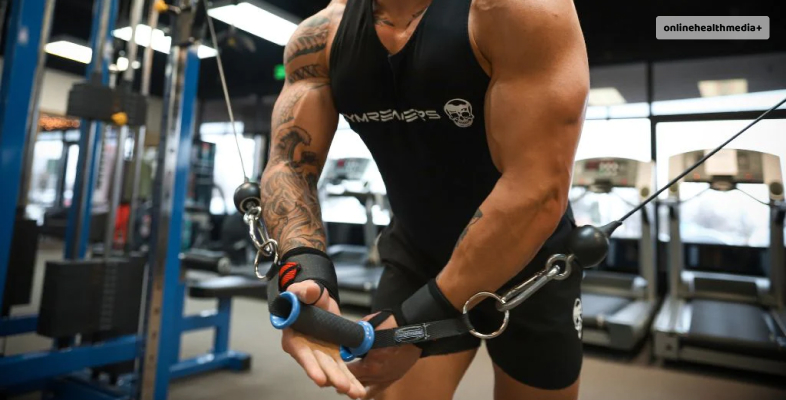
To make the most of your chest workouts, be aware of common mistakes such as:
1. Neglecting Proper Warm-Up: Skipping warm-up can lead to muscle strains and injuries.
2. Poor Form: Maintaining proper form is essential to prevent injuries and engage the right muscles.
3. Neglecting Variety: Relying solely on one exercise or routine can limit your progress.
4. Overtraining: Ensure you give your chest muscles enough time to recover between workouts.
5. Ignoring Nutrition: A balanced diet with adequate protein is crucial for muscle growth.
Advanced Chest Workout Techniques
For those looking to take their chest workouts to the next level, consider these advanced techniques:
1. Drop Sets: Start with a heavy weight and perform an exercise until muscle failure. Then, quickly reduce the weight and continue the set. This intensifies the workout and promotes muscle hypertrophy.
2. Supersets: Combine two chest exercises without rest in between. For example, alternate between bench press and push-ups. Supersets increase intensity and work multiple chest muscle fibers.
3. Negatives: Focus on the eccentric phase of an exercise, emphasizing the lowering of the weight. For instance, during bench press, take several seconds to lower the barbell. Negatives lead to muscle growth.
4. Isolation Exercises: Incorporate isolation exercises like machine chest flyes or cable crossovers to target specific areas of the chest for well-rounded development.
5. Resistance Bands: Use resistance bands to add variable resistance to your chest exercises. This helps maintain tension throughout the range of motion.
6. Chest Stretching: Post-workout stretching can improve chest muscle flexibility and reduce muscle soreness. Incorporate chest stretches like doorway stretches and wall stretches.
Chest Workout Progression
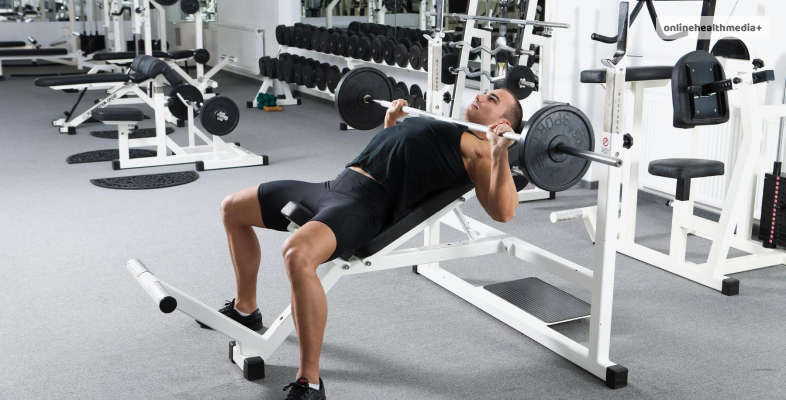
Progression is the key to continual growth and improvement in your chest workouts. Track your progress by keeping a workout journal. Here are some strategies for progression:
1. Increase Weight: Gradually add more weight as your strength improves. Small increments can make a big difference.
2. Add Sets and Reps: As you become more advanced, increase the number of sets and repetitions.
3. Change Exercises: Periodically swap exercises or modify angles to challenge your muscles differently.
4. Intensify Techniques: Incorporate advanced techniques like drop sets, supersets, or negatives.
5. Monitor Recovery: Listen to your body and ensure you’re giving your chest muscles enough time to recover.
Tailoring Chest Workouts to Your Goals
Your goals may vary, whether you aim for strength, muscle mass, or endurance. Tailor your chest workouts accordingly:
1. Strength: For maximal strength gains, focus on lower rep ranges (3-6 reps) with heavy weights, primarily through compound exercises like bench press.
2. Muscle Mass (Hypertrophy): To build muscle size, work in the moderate rep range (8-12 reps) with a combination of compound and isolation exercises.
3. Endurance: High-repetition sets (15+ reps) combined with low to moderate weights are ideal for muscular endurance.
4. Balanced Development: Incorporate a mix of strength, hypertrophy, and endurance-based exercises for overall chest development.
Common Plateaus and How to Break Them
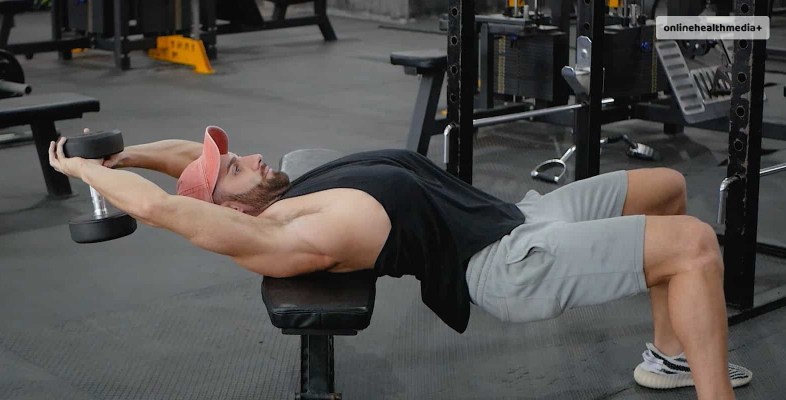
Hitting a plateau is a common challenge in chest workouts. When progress stalls, consider these strategies:
1. Modify Exercises: Change your exercise routine to shock the muscles into growth.
2. Increase Intensity: Try advanced techniques like supersets, drop sets, or negative reps.
3. Adjust Nutrition: Ensure you’re consuming enough calories and protein to support muscle growth.
4. Prioritize Recovery: Get adequate sleep and manage stress for optimal recovery.
5. Deload: Occasionally, take a break from heavy lifting to allow your body to recover fully.
Final Thoughts
Achieving a strong and well-defined chest requires dedication, proper technique, and a well-structured workout routine.
Whether you’re a beginner or an advanced fitness enthusiast, a comprehensive understanding of chest anatomy, the right exercises, and effective techniques will guide you on your fitness journey.
Remember to consult with a fitness professional if you’re new to weight training, and always prioritize safety and proper form during your workouts.
With consistency and commitment, you can transform your chest and, in turn, enhance your overall strength and physique.
Also Read
- Top Automated Wheelchairs Of 2023
- 10 Things You Should Know About Having Dental Retainers.
- The Role Of Proper Nutrition In Preventing Ketosis During Pregnancy.
